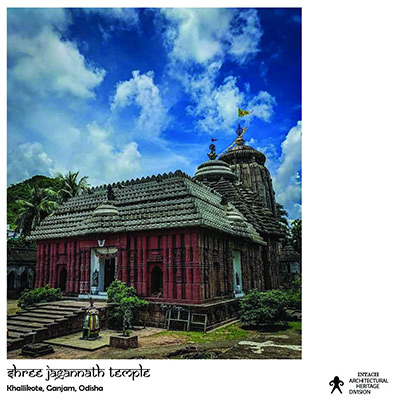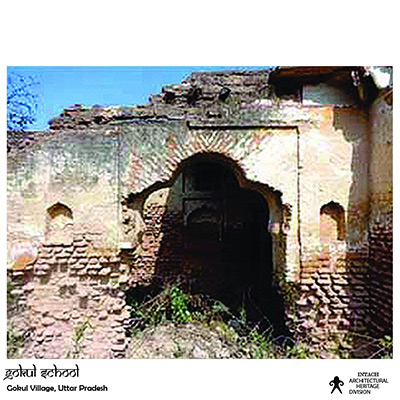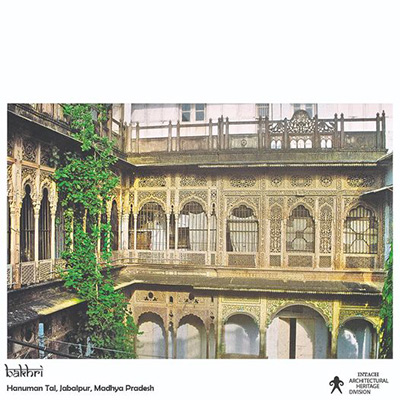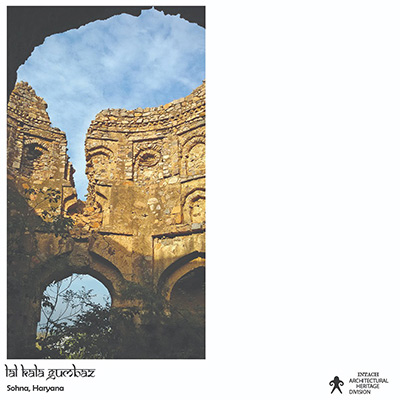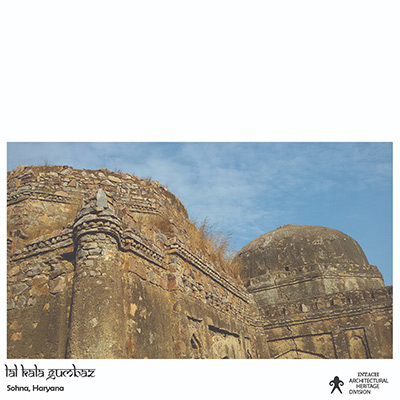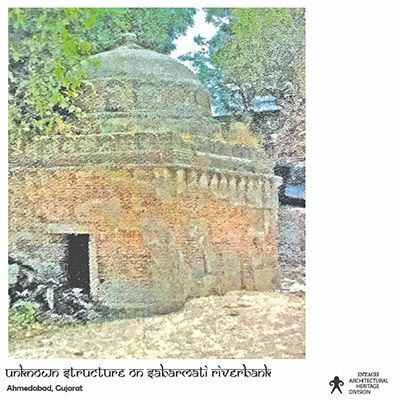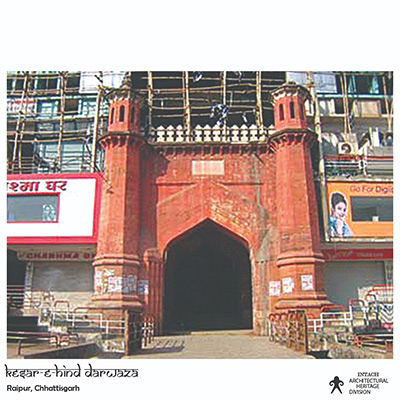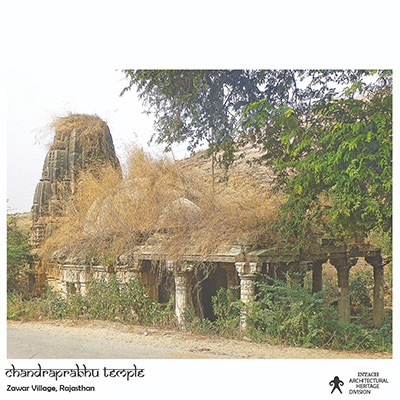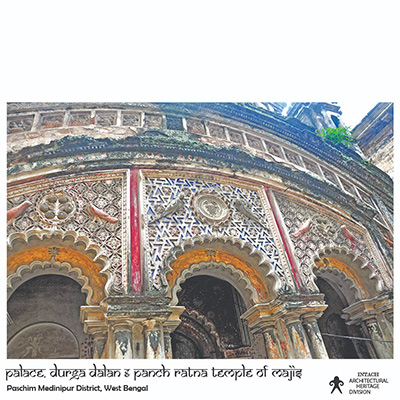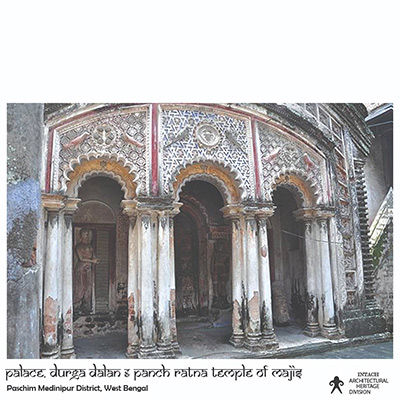H@R 300/365 R N Rustom Framna Hall Agra, Uttar Pradesh
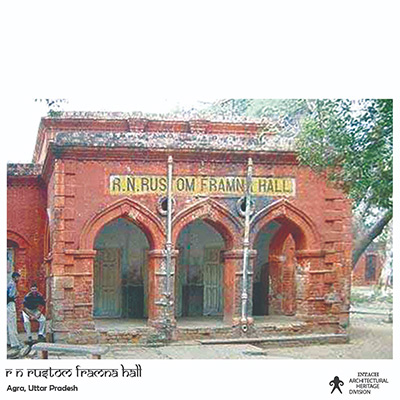
H@R 300/365
R N Rustom Framna Hall Agra, Uttar Pradesh
It is located in the Cantonment Ward of Sadar. The hall was built under the patronage of the proprietor of Carlton Hotel, R N Rustom Framna in 1923 CE. The structure has undergone inappropriate interventions and is in urgent need of repair and restoration.
The most prevalent issues regarding heritage assets in Agra are lack of heritage awareness amongst the owners, community, pilgrims and tourists, tourism pressure during peak seasons as well as pressures imposed by the rising need for accommodation, market and infrastructure.



